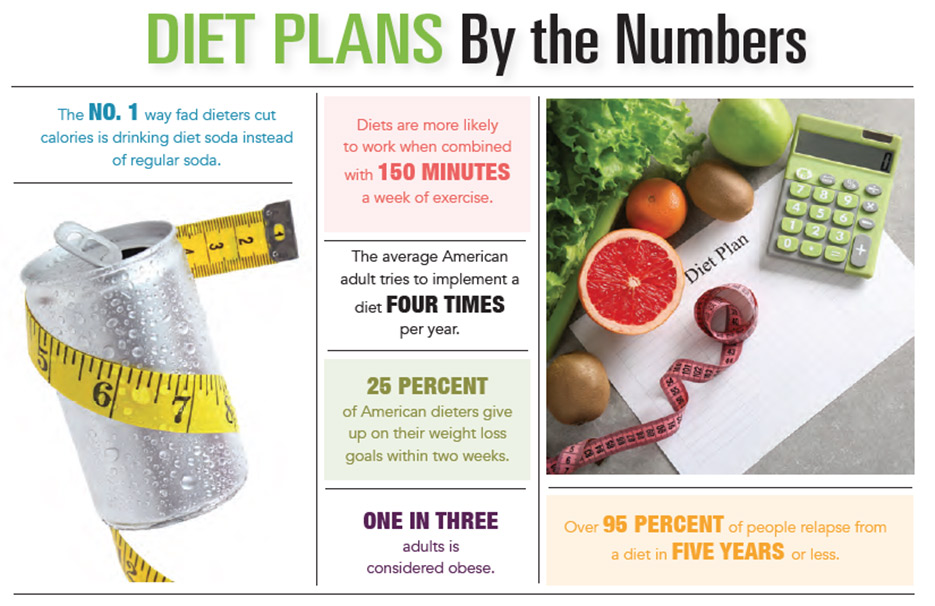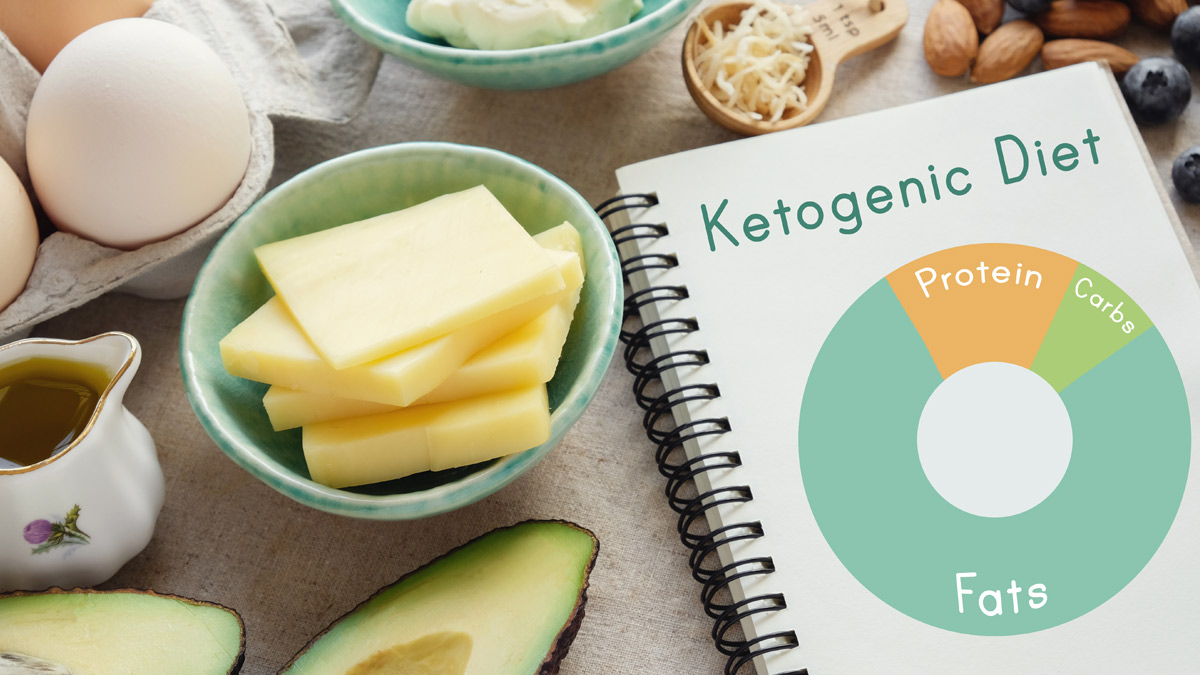For many, “diet” is a four-letter word, yet we continue to flock to what’s touted as the newest, the greatest, the miracle or the quick fix to the weight that continues to creep up, in an effort to finally find the right fit. It’s an over $60 billion industry, rife with fad diets, sometimes little-supported research and an eager audience in the United States. Dr. Ann Kulze, a local physician, best-selling author and founder and CEO of Just Wellness, LLC, weighed in on some of the buzzed-about diets this year. She has been a featured expert on “The Dr. Oz Show,” “Oprah and Friends Radio,” Time, “WebMD,” Prevention and U.S. News and World Report.
High-Protein Diet
What it is: There is no set definition for a high-protein diet; however there is evidence that associates higher protein intake with weight loss and other health benefits.
Dr. Ann said: “Increasing protein is a common strategy for people that want to lose weight. The reason is that of the three macronutrients – protein, carbs and fat – proteins tend to keep us sated longer than carbs and fats. People usually lose muscle mass when losing weight; you don’t want to lose muscle because it burns more calories than fat. If you’re doing nice amounts of protein, you will safeguard against loss of muscle mass that usually accompanies weight-reduction diets, though it is still important to balance your diet with healthy fats and healthy carbs – they are essential macronutrients, and your body needs all three. A word of caution: If you do not have normal kidney function, there are significant risks, and this would not be an appropriate diet. The parameters of a high-protein diet are vague and undefined. I would suggest to start, divide your weight in half and aim for that number in grams of protein per day – or more if you have healthy kidneys – and have protein with every meal.”
Juicing
What it is: Not to be confused with blending, juicing is drinking liquid extracted from fruits and vegetables, usually using a machine that separates the pulp and the liquids. Some people do juice cleanses, while others incorporate it as one part of their daily nutrition.
Dr. Ann said: “Juicing certainly has its benefits. It’s a way for you to collectively and quickly take in nutrients from lots of different healthy foods, it’s an easy way to take a nice dose of nutrients and it’s low in calories unless it’s mostly fruit. In terms of calories, it’s best to juice mostly vegetables, using just enough fruit to make it palatable. But the downsides are that it’s messy, a pain to do and, most importantly, it’s missing vitally important fiber, which is tossed out with the pulp. Fiber is a secret weapon for fighting fat and will help weight loss and weight control in many different ways. There’s nothing unhealthy about juicing – but instead, eat it! You get all that fiber, all that bulk and all the nutrients, and solid foods have a satiety level higher than liquid. There is nothing wrong with juicing when you do it in combination with foods that give you fiber, but it is not something you should do exclusively, and it’s not the best way to lose weight.”
Anti-Inflammatory Diet
What it is: Eating foods that reduce inflammation, generally replacing processed and sugary foods with whole, healthy foods.
Dr. Ann said: “This is overall a great way to eat. I teach people to eat and live so inflammation is kept low in their bodies because excess inflammation at the cellular level is a key driver in most kinds of diseases and aging itself. Inflammation is also absolutely involved in things that cause weight gain like metabolic dysfunction and insulin resistance. A healthy diet is naturally anti-inflammatory: Plant-based foods, fruit, vegetables, beans, intact whole grains, nuts, seeds and oily fish contain ingredients with anti-inflammatory properties. The foods that are cut out are things like refined carbs, sugar, red meats and processed foods. Basically you’re eating more of the good stuff and less of the bad stuff, and that is what defines the best way to lose weight. This is the way I advocate eating. There are no downsides to this approach to eating!”
Blood Type Diet
What it is: Distinct diet limitations assigned by blood type, based on claims that your body chemically responds to certain types of foods differently. For example, Type O adheres to a high protein diet, while Type A should be vegetarian, and Type B should avoid things like corn, wheat and lentils.
Dr. Ann said: “There was a study in 2014 that showed there is not a shred of evidence that blood type has any bearing on how specific foods affect us – the diet is absolute myth. The foods on the list are generally healthy, so if you do follow the diet, you’ll be eating healthier and taking in less calories than before and in the process probably will lose some weight, but it has nothing to do with your blood type.”
Ketogenic Diet
What it is: A form of low carb eating that forces the body into a metabolic state called ketosis, also known as “survival mode,” when food intake is low. Rather than starving the body of calories, the diet starves the body of carbohydrates.
Dr. Ann said: “To be honest, it blows my mind that people are doing this one. It’s exceedingly low in carbs and very similar to the first two weeks of the Atkins Diet. The only group this is truly indicated for from a health or medical standpoint is use in neurological disorders like intractable seizures, typically for children. I would absolutely not recommend this diet for anyone else – it’s notoriously high in bad things like red meats and saturated fat and notoriously low in fiber. People are drawn to the diet because you are not really hungry on it, but it’s an extreme diet that makes getting essential nutrients like fiber and phytochemicals nearly impossible. On top of that, it’s not sustainable, not balanced, low in vitally important compounds, has no long-term data behind it for safety and filled with foods we know are not healthy to eat long-term.”
By Anne Toole








